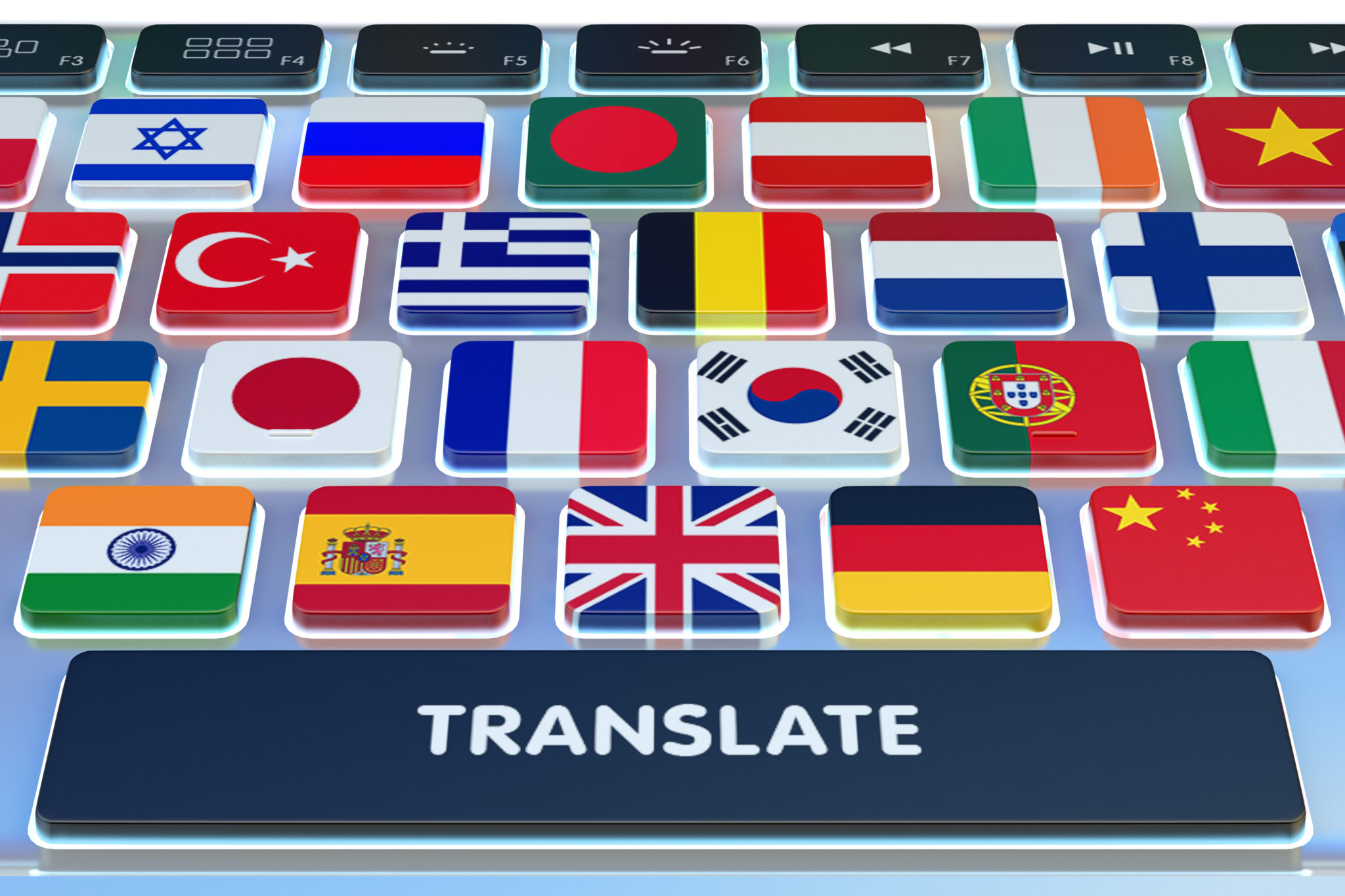The history of translation indicates that translation took place as a way of encouraging trade between countries and a way of spreading messages in relation to religious beliefs and ideas formulated by early philosophers, academics, and thinkers. In another word; translating has played an important role in bridging both the linguistic and cultural divide that has long existed between countries and civilization.The earliest records of writing date back to Egyptian glyphs from about 3400 BCE. However, the earliest records of translation do not appear until nearly a thousand years later, as bilingual or even trilingual inscriptions.
Translating act is a vital process that needs much more understanding and mutual background knowledge on the part of ESL or EFL learners in terms of grammar , meaning and context of both the SL and TL . So, translating act consists in reproducing in the receptor language the closest natural equivalent of the source-language message, first in terms of meaning and secondly in terms of style . While Traductology is a discipline which takes methods and systems from linguistic theories applied to translation. Also, it is important to consider that Traductology has a main objective in his field, the persistent search for the solution to the problems of equivalence arising from the linguistic analysis of the relationship between two texts, which while conveying the same meaning, are written in different languages.
This cours aimes at :
- Determining the nature of « Translaion Process ».
- Exploring extensively its substantive elements.
- Differentiating between the act of translating and translation process.
Moreover, the student would also be able to :
- Identifying translating act functions.
- Explaining the general vital role of translation operation.
- Indicating all the treated academic basic concepts refered to translatology.

